Automatically logging into your Windows 11 PC can save time and streamline your workflow by bypassing the sign-in process each time you start your computer. This feature is especially useful if you're the sole user of your device or if you're setting up a public computer where easy access is essential. Below are several methods to enable automatic login on Windows 11.
Use Windows Registry to Enable Automatic Login on Windows 11
Modifying the Windows Registry is an effective way to enable automatic login. This method allows you to set your PC to log in automatically by storing your credentials in the registry.
Step 1: Open the Registry Editor. Press Windows Key + R to launch the Run dialog box, type regedit, and press Enter.
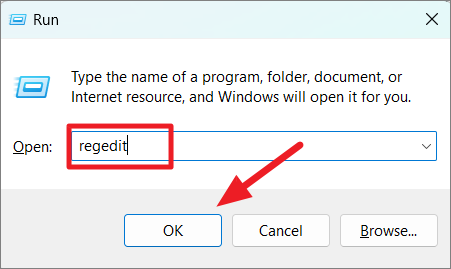
Step 2: Navigate to the following path in the Registry Editor:
HKEY_LOCAL_MACHINE\SOFTWARE\Microsoft\Windows NT\CurrentVersion\Winlogon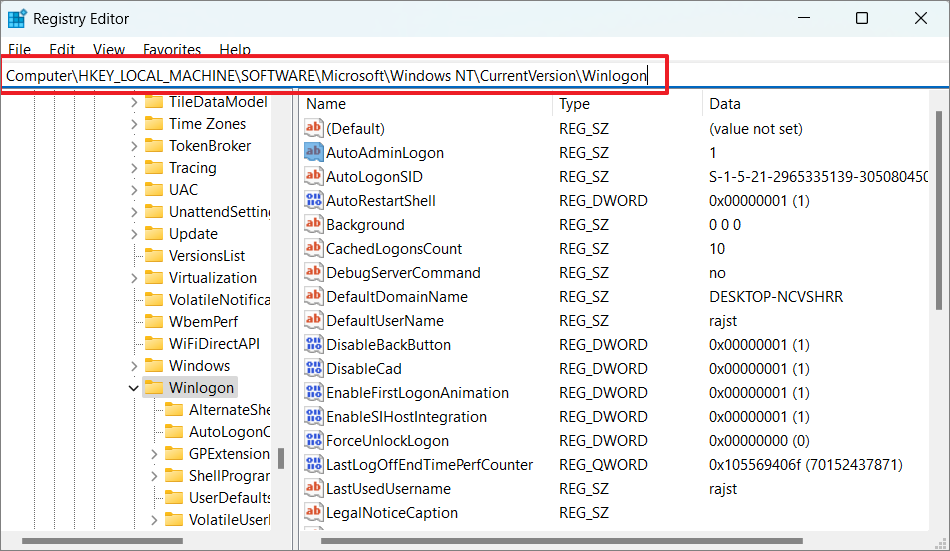
Step 3: In the right pane of the Winlogon key, locate the AutoAdminLogon entry. If it does not exist, create it by right-clicking on an empty space, selecting New, then String Value, and naming it AutoAdminLogon.
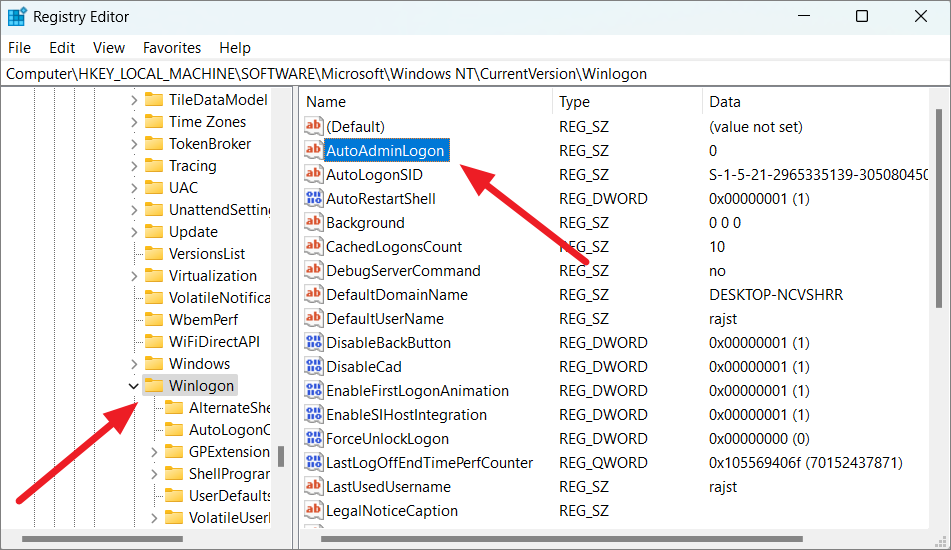
Step 4: Double-click on AutoAdminLogon and set the Value data to 1, then click OK.

Step 5: Find the DefaultUserName entry. If it's not present, create it as you did with AutoAdminLogon. Double-click it and enter your username in the Value data field, then click OK.
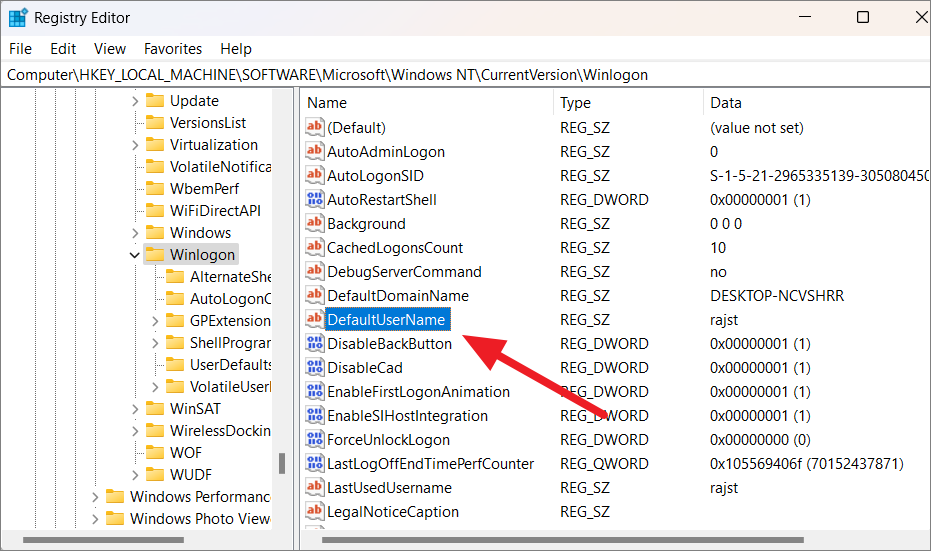
Step 6: Locate or create the DefaultPassword entry. Double-click it and input your account password in the Value data field. Click OK to save the changes.

Step 7: Close the Registry Editor and restart your computer. Upon reboot, Windows 11 should automatically log into your account without prompting for a password.
To disable automatic login, return to the Registry Editor, change the AutoAdminLogon value to 0, and delete the DefaultPassword entry.
Set Up Automatic Login Using netplwiz
The netplwiz command provides access to advanced user account settings, allowing you to enable automatic login.
Step 1: Press Windows Key + R to open the Run dialog box. Type netplwiz and press Enter.

Step 2: In the User Accounts window, uncheck the box that says Users must enter a user name and password to use this computer and click Apply.
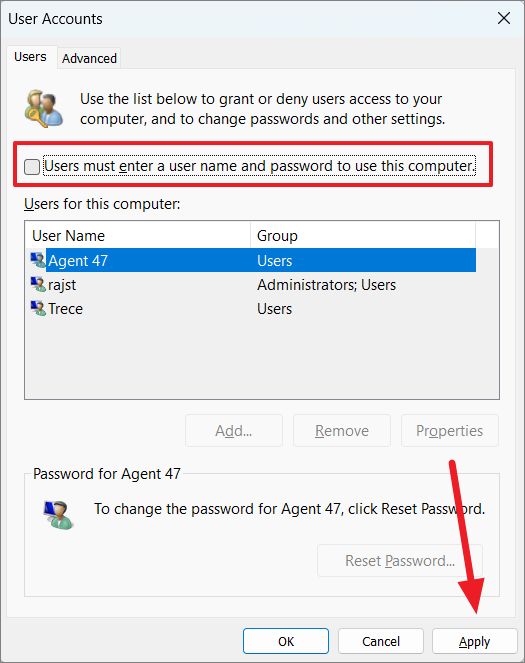
Step 3: An Automatically sign in dialog box will appear. Enter your username and password, then click OK.

Step 4: Click OK again to close the User Accounts window.
If the option Users must enter a user name and password to use this computer is missing, you can restore it via the Registry Editor.
Step 5: Open the Registry Editor as described in the previous method.
Step 6: Navigate to:
HKEY_LOCAL_MACHINE\SOFTWARE\Microsoft\Windows NT\CurrentVersion\PasswordLess\Device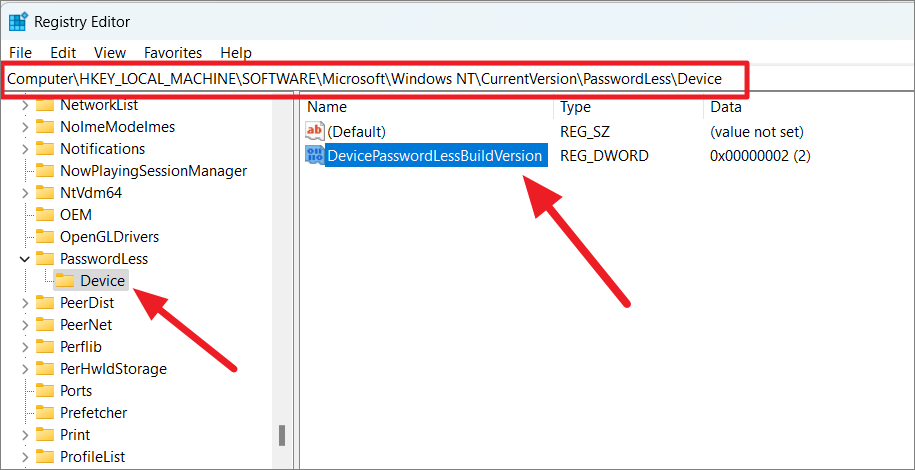
Step 7: On the right pane, double-click on DevicePasswordLessBuildVersion and set the Value data to 0. Click OK to save.
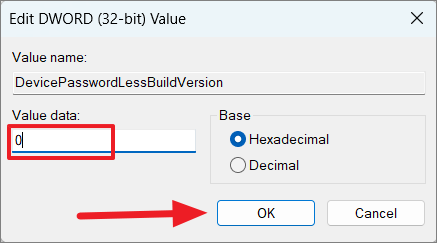
Step 8: Close the Registry Editor and reopen the netplwiz window. The missing option should now be visible.
Set Up Automatic Login from Settings on Windows 11
You can configure automatic login through the Windows 11 Settings app by adjusting sign-in options.
Step 1: Open the Settings app by clicking the Start button and selecting Settings or by pressing Windows Key + I.
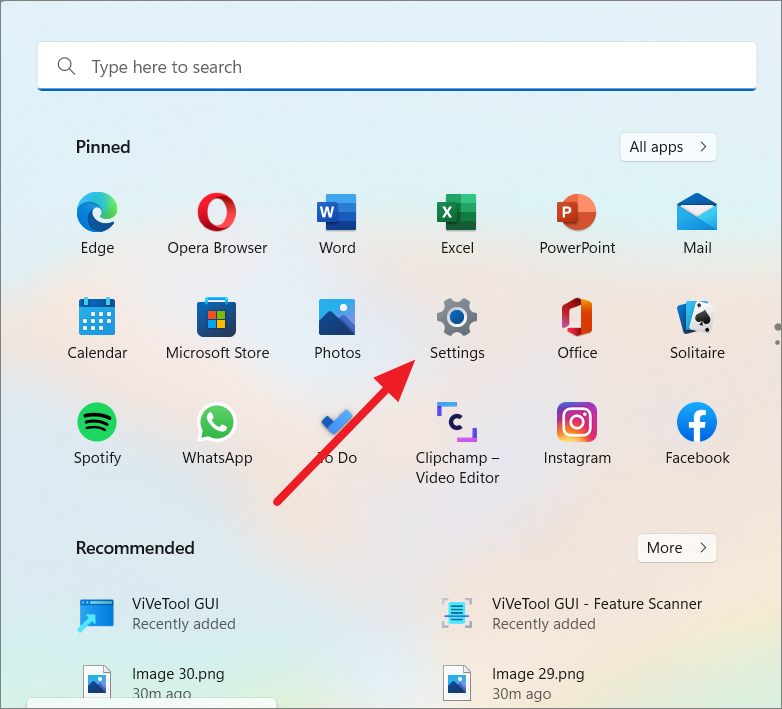
Step 2: In the left sidebar, select Accounts, then click on Sign-in options in the right pane.
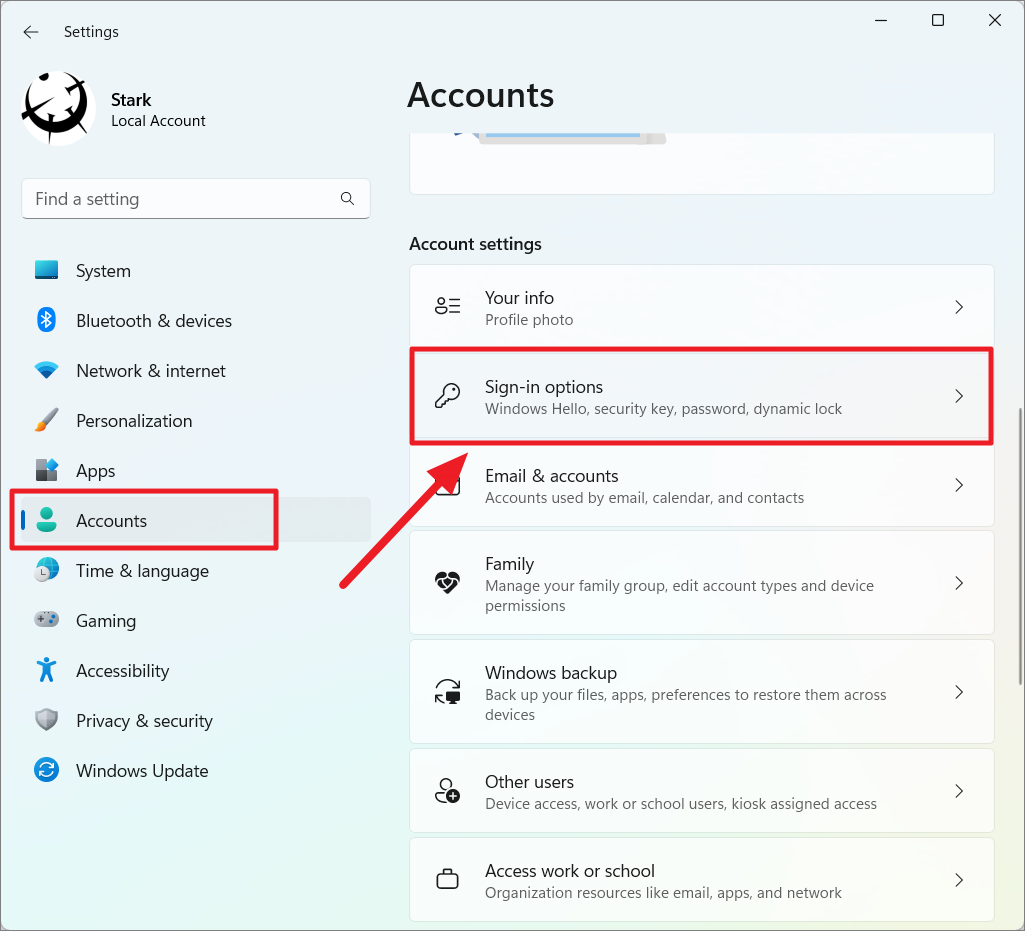
Step 3: Under Additional settings, change the If you've been away, when should Windows require you to sign in again? option to Never.
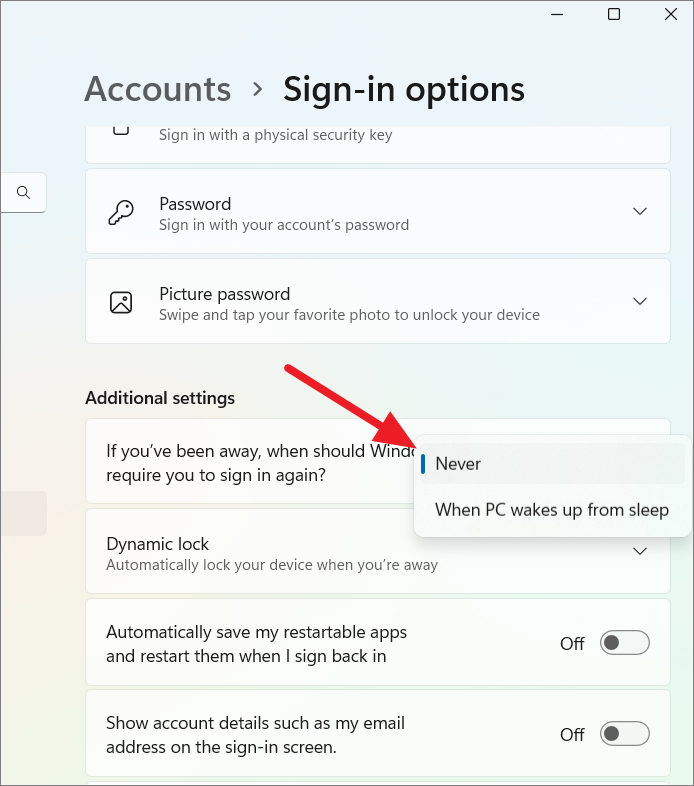
Step 4: If available, turn off the option For improved security, only allow Windows Hello sign-in for Microsoft accounts on this device (Recommended).
Step 5: If you have Windows Hello sign-in methods enabled, you may need to remove them. Under Ways to sign in, select your current sign-in method and click Remove.
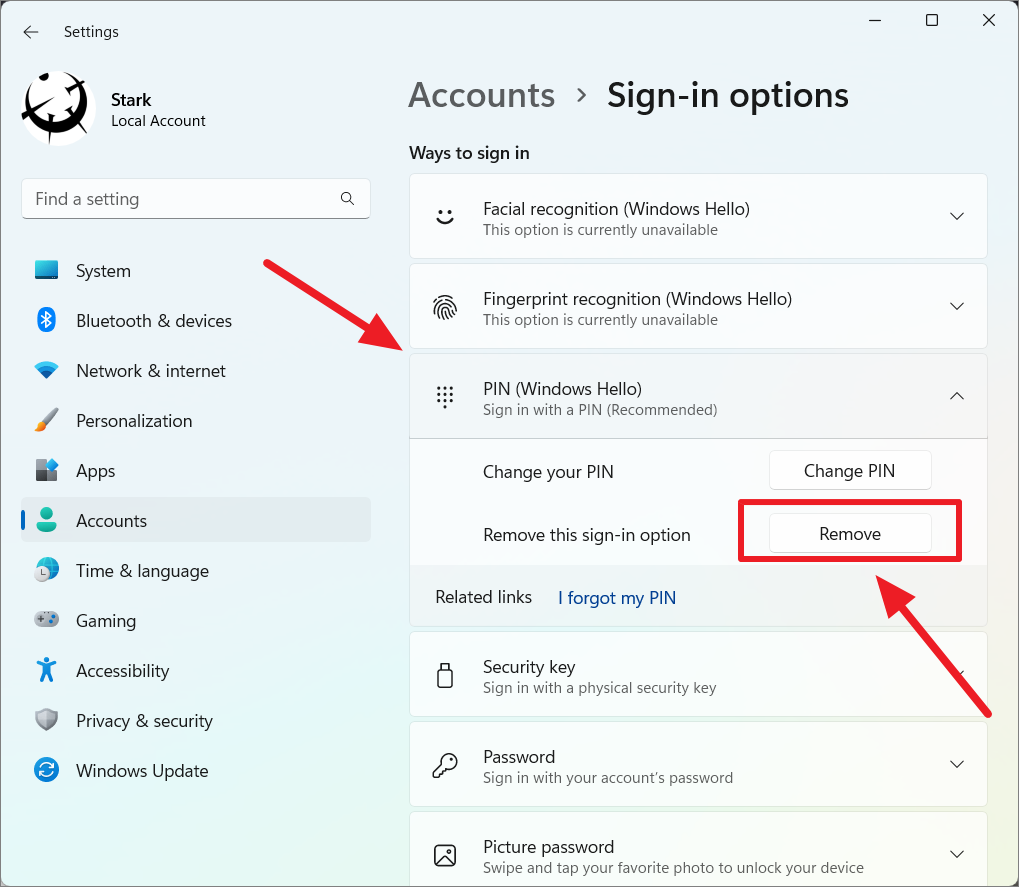
Step 6: Confirm the removal by clicking Remove again and authenticate with your password if prompted.

Step 7: Verify your identity by entering your password and clicking OK.

After completing these steps, you can use the netplwiz method to enable automatic login.
Use Microsoft's Autologon Tool to Enable Automatic Login
Microsoft offers a free utility called Autologon that simplifies enabling automatic login without manually editing the registry.
Step 1: Download the Autologon tool from the official Microsoft website. Extract the contents of the ZIP file to a folder.
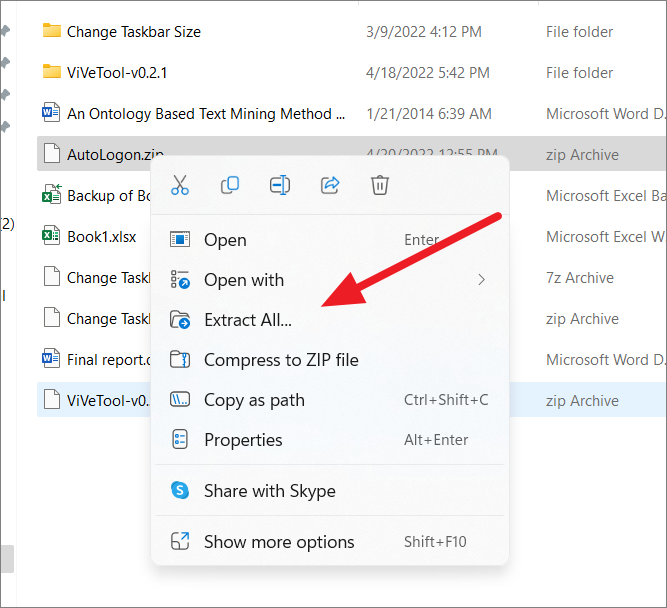
Step 2: Open the extracted folder and run the Autologon64.exe application.

Step 3: Accept the license agreement by clicking Agree.
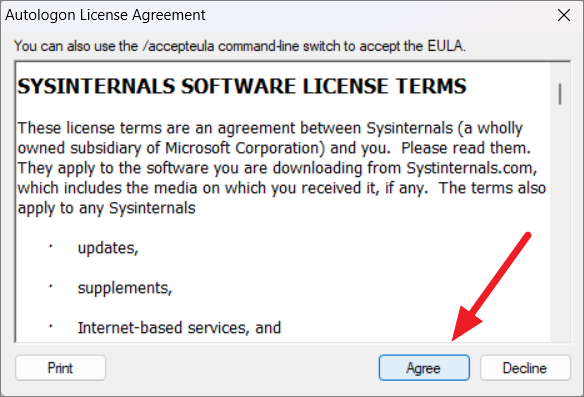
Step 4: In the Autologon window, enter your username, domain (usually pre-filled), and password. Click Enable to configure automatic login.
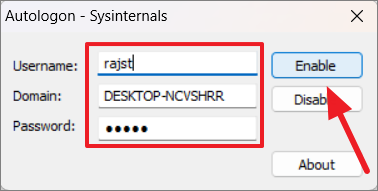
Step 5: A confirmation message will appear indicating that Autologon is enabled. Click OK to finalize.

Restart your computer to apply the changes. Your PC should now log in automatically.
To disable automatic login, run the Autologon tool again and click Disable.
Use Computer Management to Remove Password
Removing the password for your user account via Computer Management can also enable automatic login, though this method is less secure.
Step 1: Open Computer Management by searching for it in the Start menu or by pressing Windows Key + R, typing compmgmt.msc, and pressing Enter.
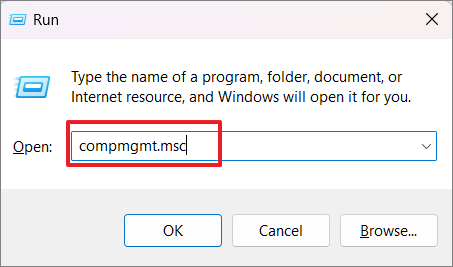
Step 2: In the left pane, expand Local Users and Groups and select Users.
Step 3: In the right pane, right-click your user account and choose Set Password....
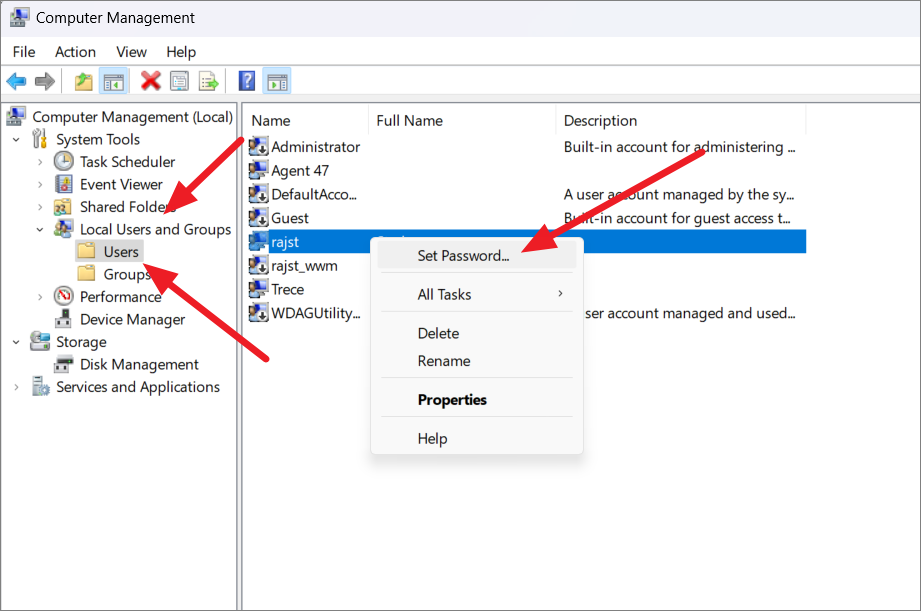
Step 4: A warning message about resetting the password will appear. Click Proceed to continue.
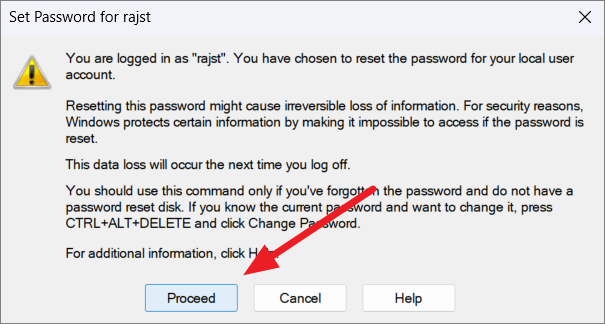
Step 5: Leave the New password and Confirm password fields blank and click OK.
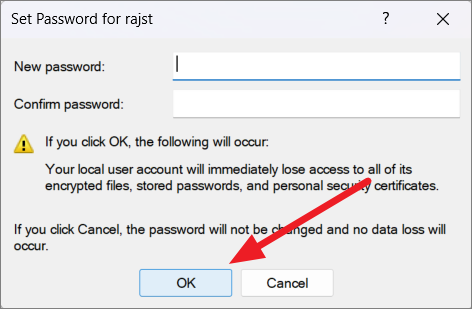
After completing these steps, your account will have no password, and Windows 11 will log in automatically. Be aware that this poses significant security risks and may result in data loss, especially encrypted data tied to your user account.
By following these methods, you can enable automatic login on your Windows 11 PC, enhancing convenience and accessibility. Be sure to consider the security implications of each method before implementation.






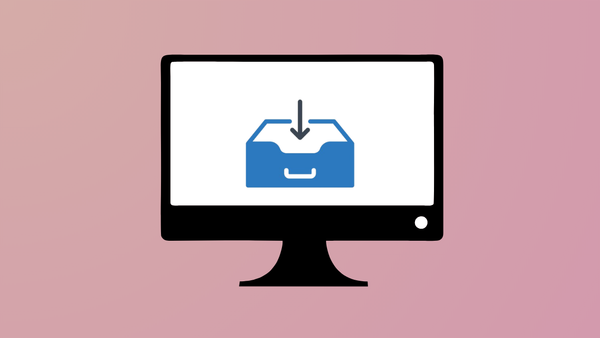

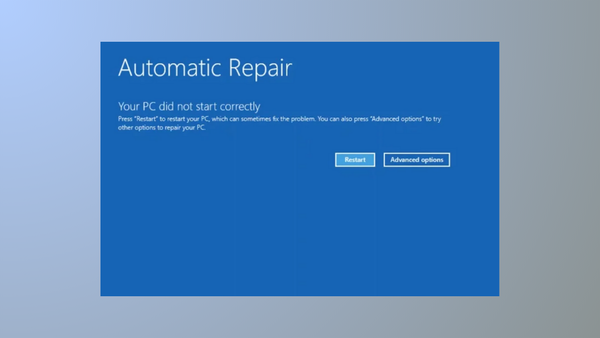
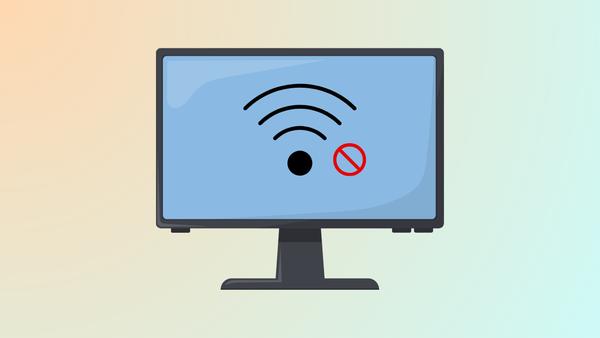

Member discussion